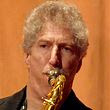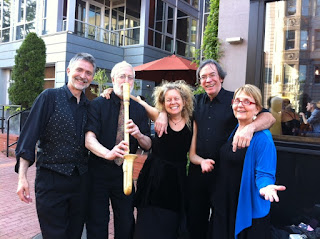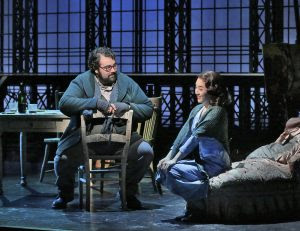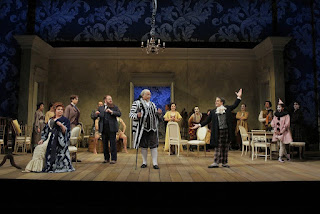Jazz from a couple of saxophonists: Bob Mintzer and Lou Caputo lead bands on the mid- to full-size spectrum

Bob Mintzer likes his Angeleno pals. The survival of larger jazz ensembles in the 21st century depends on the imagination and resourcefulness of leaders and arrangers alike. Two such ensembles are Bob Mintzer' s "All L.A. Band" (in a CD of the same title on Fuzzy Music) Lou Caputo 's Not So Big Band's "Uh Oh!" (Jazzcat 47). and These well-recorded sets range over the possibilities of big-band jazz today. Mintzer, with credits both mainstream and on the edge of contemporary fusion (Yellowjackets), got a 17-piece group together to play compositions he wrote over a 40-year period. Peter Erskine, "All L.A. Band" producer, recently played the Jazz Kitchen. The tenor saxophonist is an educator as well, and the same music is available at the Mintzer Big Band Essentials play-along app. What is at hand here is a full-throated professional ride over the 10 compositions. Longtime colleagues Peter Erskine (with producer credit here) and Russ










